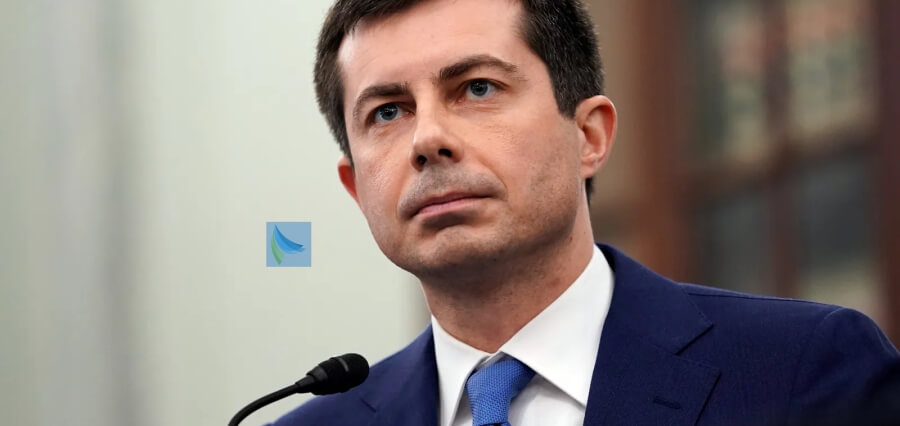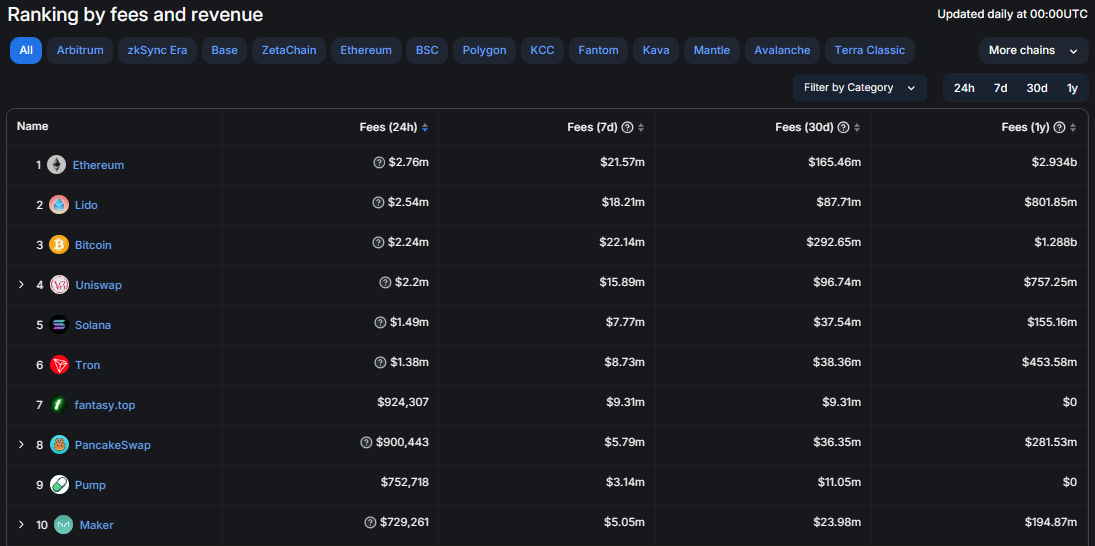
A groundbreaking event marked the commencement of a billion high-speed rail project connecting Las Vegas to the Los Angeles region. Union, federal, and transportation executives gathered in Las Vegas on Monday to drive spikes into a symbolic rail, signaling the start of the ambitious project.
Transportation Secretary Pete Buttigieg expressed excitement about the long-awaited high-speed rail becoming a reality, stating, “People have been dreaming of high-speed rail in America for decades. It’s really happening this time.”
Brightline West, the only privately owned passenger rail operator in the US, will construct a 218-mile intercity passenger rail network between Las Vegas and Rancho Cucamonga, California, ultimately connecting to the existing regional rail system in Los Angeles. The Biden administration’s support for the project was highlighted by Buttigieg, noting that it will stimulate local economies and create thousands of union jobs.
With an estimated cost of billion, billion of which was approved by the Biden administration last year, the high-speed train will significantly reduce travel time between Las Vegas and Los Angeles. Trains on this route can reach speeds of up to 180 mph, cutting the travel time to just over two hours, which is nearly twice as fast as driving.
Proponents of the project believe that the high-speed train line will help lower pollutants, alleviate traffic congestion, and reduce transportation costs. It is expected to reduce 3 million annual car journeys on Interstate 15 through the Mojave Desert. The project aims to be completed in time for the 2028 Summer Olympics in Los Angeles.
Brightline Holdings founder Wes Edens expressed optimism about the future of high-speed rail, stating, “I believe we’ll look back at today and say, ‘This was the birth of an industry of high-speed rail.’”
Brightline, known for its high-speed Orlando to Miami service introduced last year, operates trains with a top speed of 125 mph and runs 16 round trips daily. The new project between Las Vegas and Los Angeles marks another milestone in the expansion of high-speed rail in the United States.


